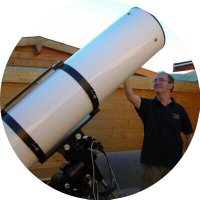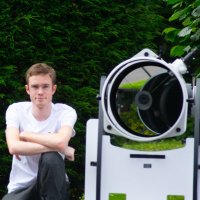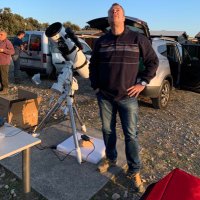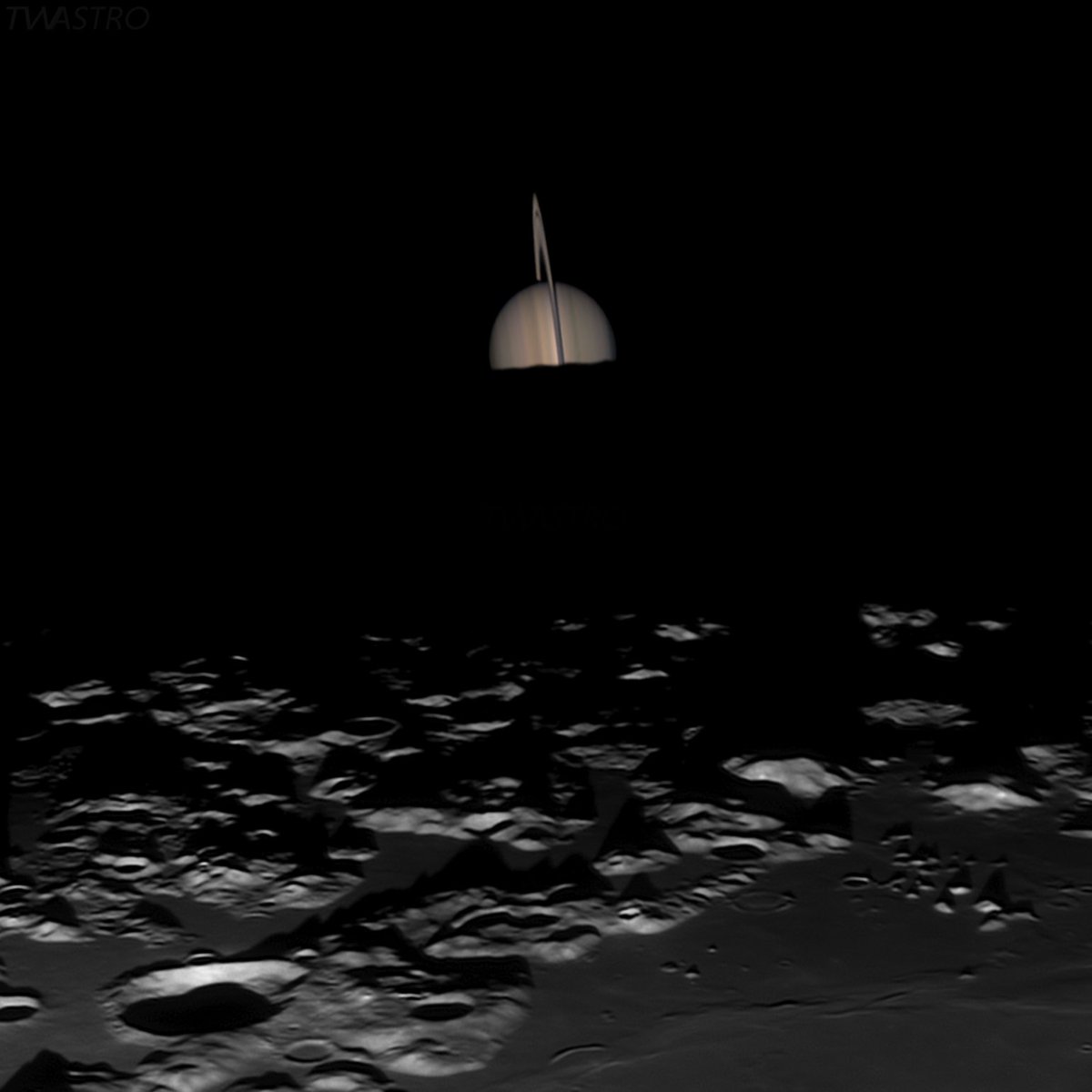
Xavi Bros
@xavi_bros
Amateur astronomer, Anysllum Observatory, AstroSabadell. Psychologist pursuing a PhD in psychiatry. Author of "En las playas de Sedna": amzn.to/3eFUDpV
ID: 2555122579
https://www.amazon.es/~/e/B0BDS3DC1Z 08-06-2014 16:29:25
17,17K Tweet
48,48K Followers
29,29K Following





Galaxies around NGC 7331, 40 million lightyears far! The main one is an unbarred spiral with a diameter of 120000 lightyears, similar to MilkyWay. Image done by Xavier Bros and Jaume Zapata, @AstroSabadell members, from the remote-operated "Anysllum" observatory.





When Saturn is occulted by the moon‼️ This image is a digital fusion of the clearest images captured during the event and rebalanced for color and relative brightness of both objects. Incredible image by Pau Monplet AstroBreda. This image is the NASA’s APOD of August 27th‼️





Barnard 150 is a dark nebula in Cepheus constellation situated 1200 lightyears far. It is also known as the Seahorse Nebula due to its shape. This image was one of our first attempts before our observatory was able to be operated remotely. Image by Jaume Zapata.















